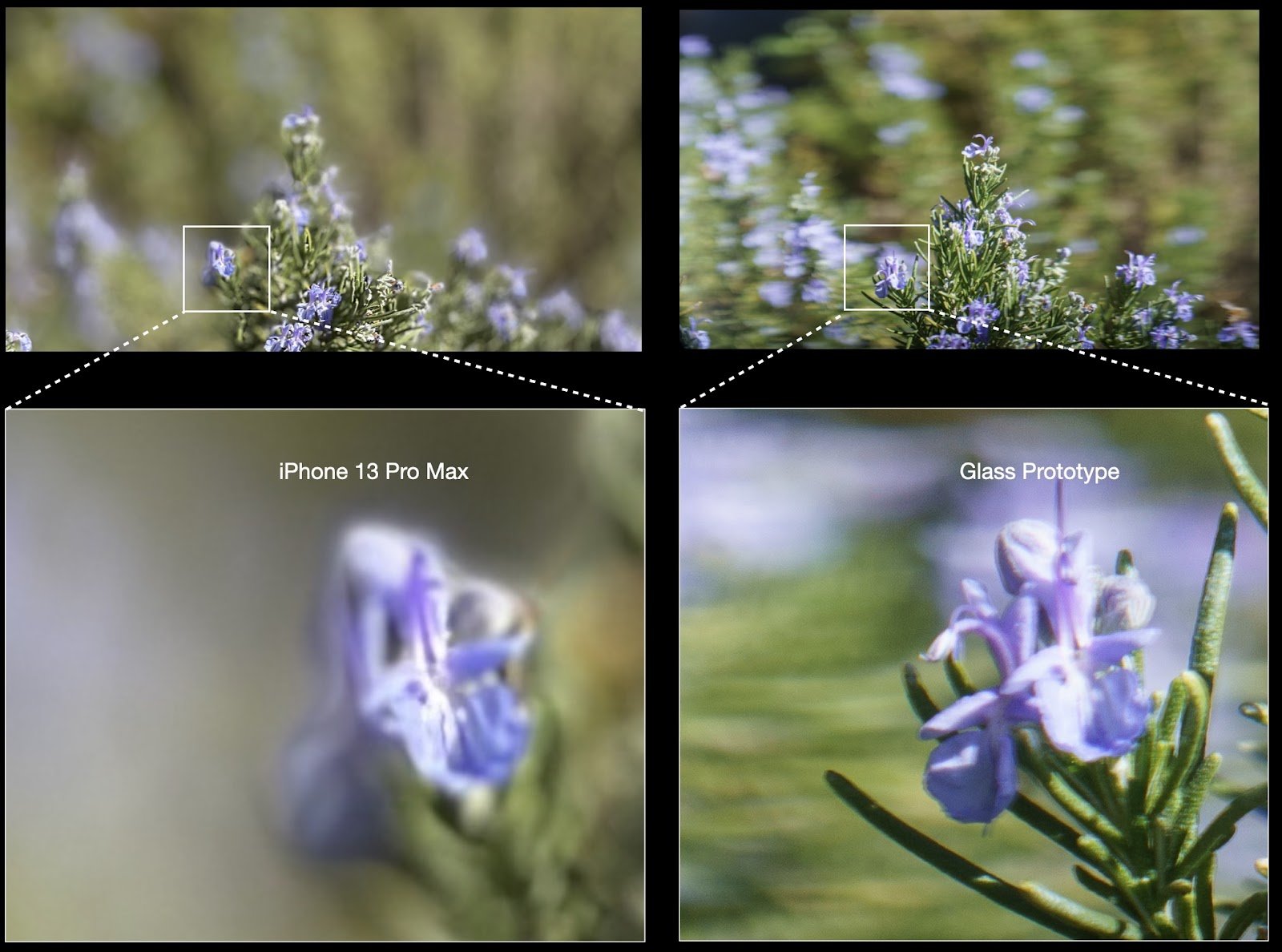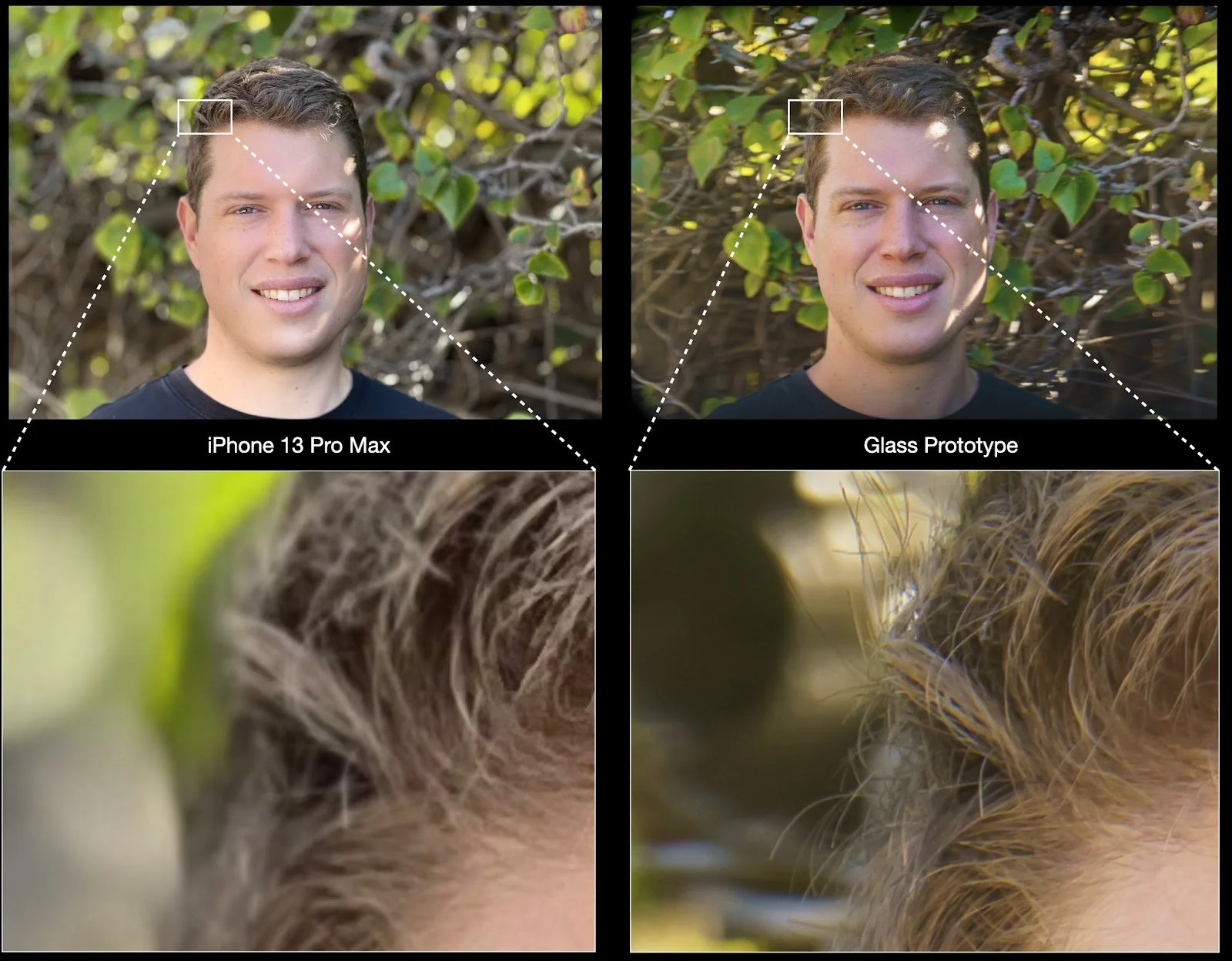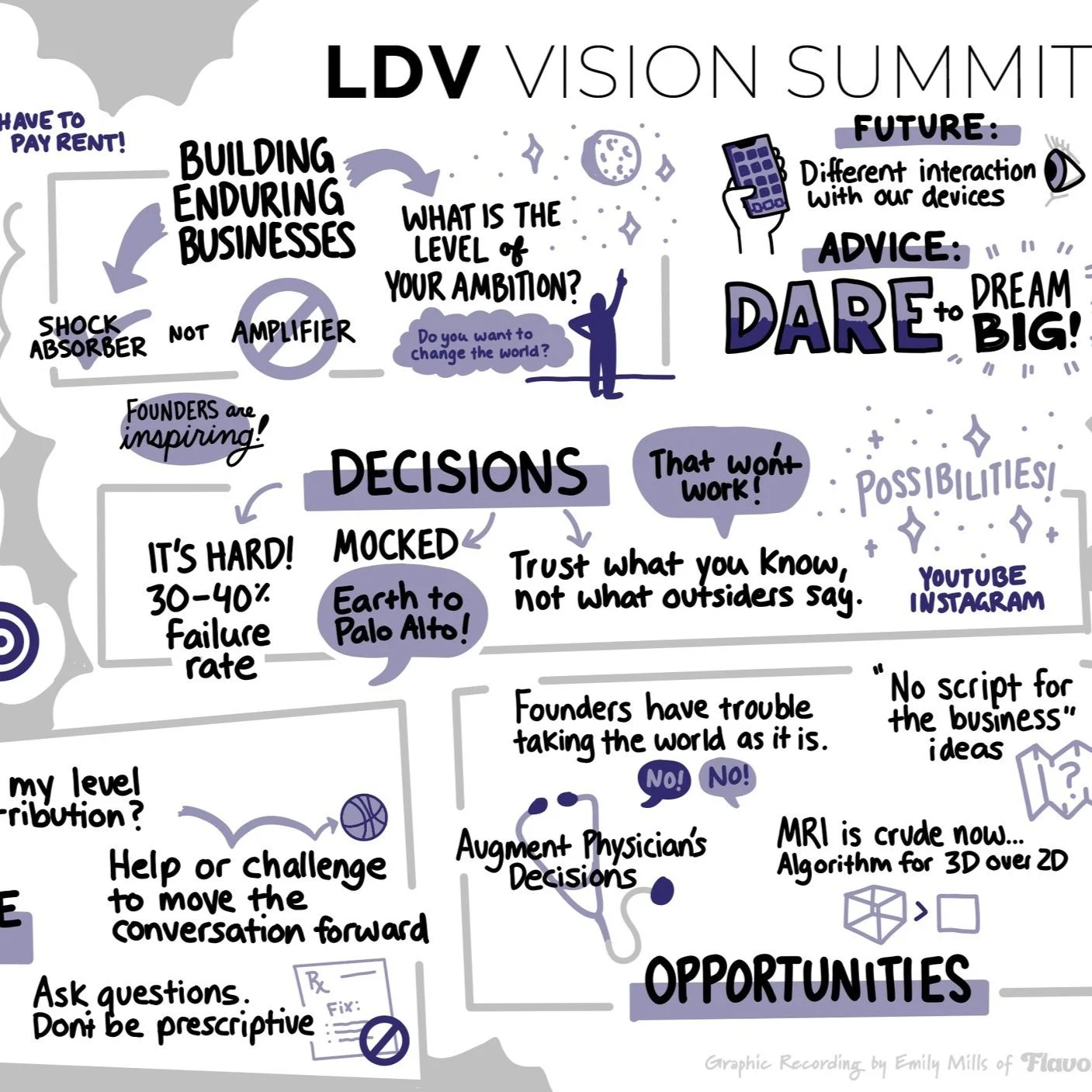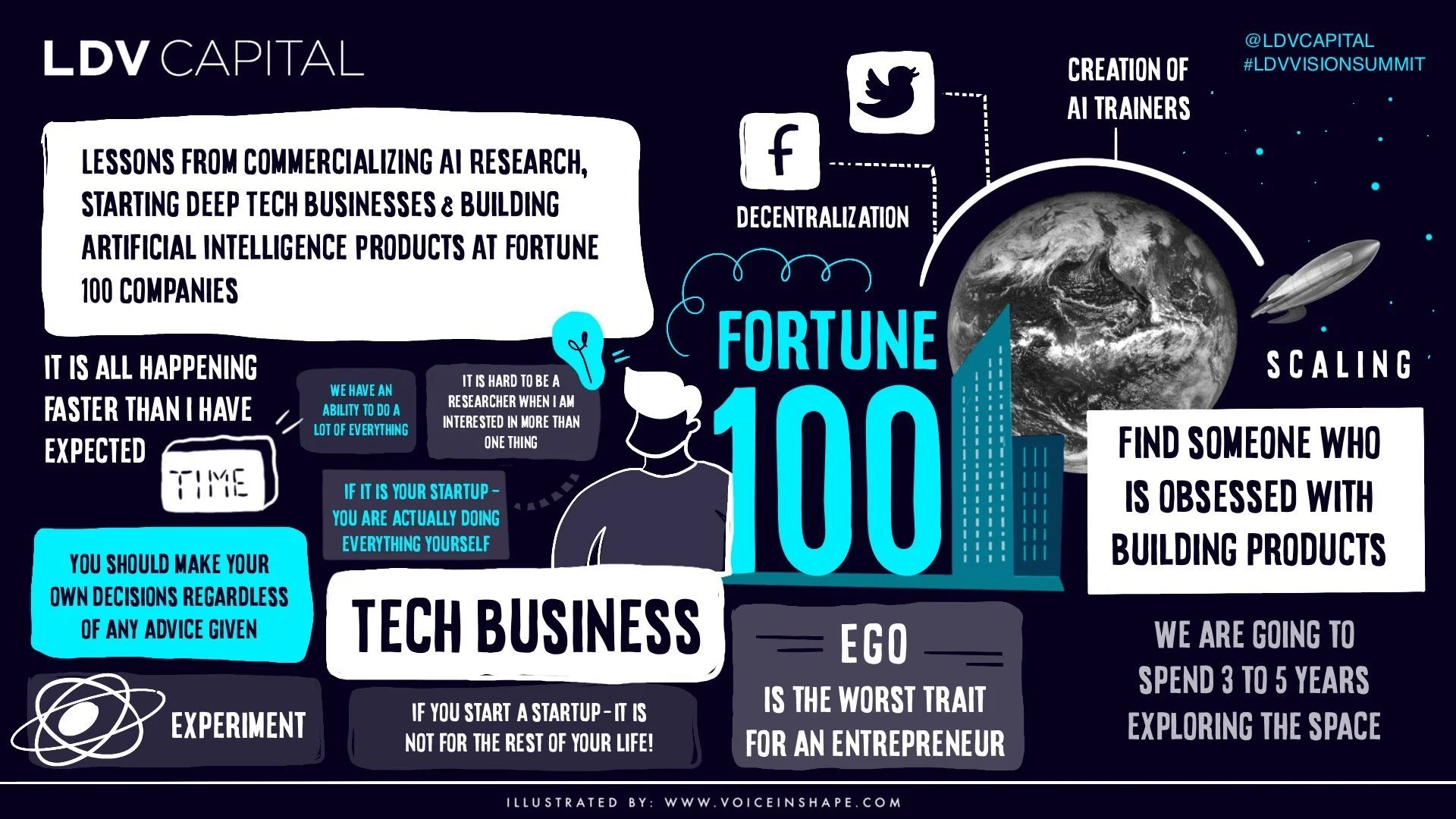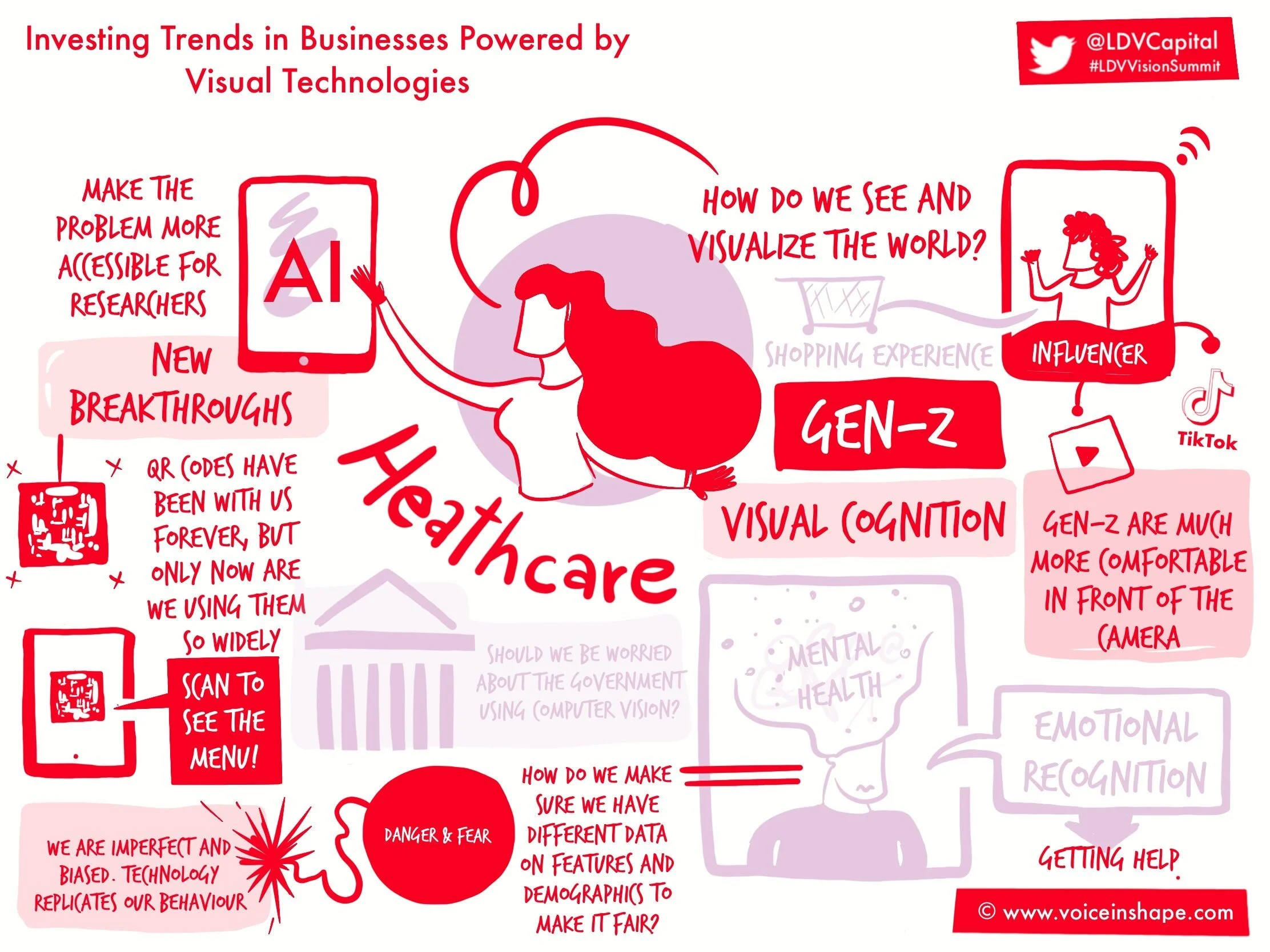Glass Imaging To Enable Smartphone Cameras To Replace Professional DSLR Cameras
/LDV Capital invests in people building businesses powered by visual technologies. We thrive on collaborating with deep tech teams leveraging computer vision, machine learning, and artificial intelligence to analyze visual data. Join our Annual LDV Vision Summit – a premier global gathering of people in the visual tech sector – to discuss cutting-edge AI solutions aimed to improve the world we live in.
Among the many people, ideals, and things that Evan Nisselson, the founder of LDV Capital, and I have in common is that we both still own our first cameras. Mine is a Pentax (a K1000, to be precise) and his is a Nikon (FM & F). We both still love photography.
In practice, more than 99% of the images and videos that he and I have taken over the last 10 years are shot with our smartphones. This ratio may be slightly lower than most people. Most people have not owned any other form of a camera for the last 5 years. Nor should they. Smartphones are incredible devices for photography, and the best camera is the one this is with you.
Precisely because smartphone cameras are always with you they had to give up something that even my ancient Pentax had: glass. Pounds and pounds of glass, in the form of giant lens assemblies. Giant compared to the optics in a smartphone, at least. Giant compared to an entire smartphone.
Having hauled a few kilograms of camera lenses up Mt Kilimanjaro in my younger days (to take some rather average pictures) I am happy to leave that glass behind. Or am I?
That extra glass can offer some incredible photographic benefits. I settled for the 3x lens in my iPhone, but that is the telescopic equivalent of a 100 mm SLR lens, basically a portrait lens. I wouldn’t bring that on a wildlife photography trip. I wouldn’t even bring that to my kids' sporting events. I miss my 200 mm, my 350 mm, and of course, my 500 mm telephoto.
While I am not allowed to pull out the 500 mm lens without permission from my kids, (it's longer than my forearm, weighs more than an Irish Setter, and attracts a lot of attention these days), I have to say, it's capable of stunning photos.
All that extra SLR glass enables larger sensors. Smartphones make do with CMOS sensors that are less than 1/10 as large as current full format sensors and are about 1/30 as sensitive, which is why the world's best photos, in a technical sense at least, are still shot with full-format digital cameras and not smartphones.
I miss full format photography, and you probably would if you had experienced it. I have been waiting for my smartphone to catch up with my DSLR, a full format camera. I knew it would happen someday.
When Evan and I met Ziv Attar and Tom Bishop, two seasoned vision tech founders with a plan to bring DSLR optics and sensors to small devices, especially smartphones, they did not have to sell us on the vision. Evan and I already agreed that smartphone camera tech had stalled in its abilities to emulate full-frame cameras. So unlike a lot of pitches, we could skip the whole “vision for the future" component.
They plan to improve smartphone camera capabilities through a mixture of unique optics, computational photography, and AI.
Glass Imaging will revolutionize the power of tiny camera modules that fit in smartphones and other compact electronic devices, enabling unrivaled professional image quality in a pocketable form factor, without the size and weight of DSLR/mirrorless designs. These leaps are made possible by combining novel advanced optical designs with the power of modern deep learning / AI algorithms, using a complementary approach.
“By rethinking the optical system from the ground up to be tailor-made for smartphones, we managed to fit huge CMOS sensors that collect around 9x more light than traditional designs,” says Ziv Attar, the company’s Co-Founder and CEO. “Our state-of-the-art AI algorithms seamlessly correct all the distortions and aberrations and as a result, smartphone image quality is radically increased, up to 10x.” Ziv Attar previously founded LinX Imaging which was acquired by Apple in 2015, and at Apple led the development of the iPhone’s “portrait mode” technology.
At Apple, Ziv met Glass Imaging’s co-founder and CTO – Dr. Tom Bishop who has years of academic research, worked at several technology companies and has multiple patents on computer vision and computational photography. “At Glass Imaging, we aim to offer similar image quality of bulky professional DSLR & mirrorless cameras – ultra-high-resolution detail, dynamic range, low-light clarity, color and tone accuracy – but in a dramatically smaller, thinner form factor.”
If I were making up fictional bios for a founding team for Glass, I could not come up with a better description of Ziv and Tom’s real-life accomplishments. Their deep, practical knowledge of optics, computational photography, and machine learning was demonstrated by what they had accomplished at previous startups and with their previous employer.
Where we focused the conversation instead was on whether Ziv’s and Tom’s company, appropriately named Glass, could deliver on a solution that was compatible with the supply chain and manufacturing cycles of smartphones.
After many pandemic-enforced video calls, we were honored to have LDV Capital lead Glass Imaging’s seed funding of $2.2M.
Our relationship with Ziv and Tom started during the pandemic. We closed the deal having never met them in person, and having never seen the hardware in person. When I showed up at their Bay Area offices in the fall for our first in-person board meeting, I was happily and utterly stunned by what they showed me: a module the size of my pinky finger wired to an iPad and making gorgeous telephoto images of a car’s license plate a block and a half away, with photographic quality better than the giant Nikon SLR setup on a tripod.
We are excited to invest in and partner with Tom, Ziv and their whole Glass imaging team. We are thrilled to leverage our deep domain expertise and extensive visual technology network to help empower them to deliver exponentially higher quality imaging to smartphones in everyone’s pockets around the world.
Check out Devin Coldewey’s article on TechCrunch for more information.
Updated in August 2022:
Peter Stern has transitioned to focus only as CEO of Voyant Photonics. Evan Nisselson, Founder and General Partner at LDV Capital, has taken over his Glass Imaging board member role.
Updated in February 2024:
Glass Imaging raised a $9.3 million extended Seed round, led by GV, with Future Ventures, Abstract Ventures, and LDV Capital participating. Devin Coldewey has more details on TechCrunch.


